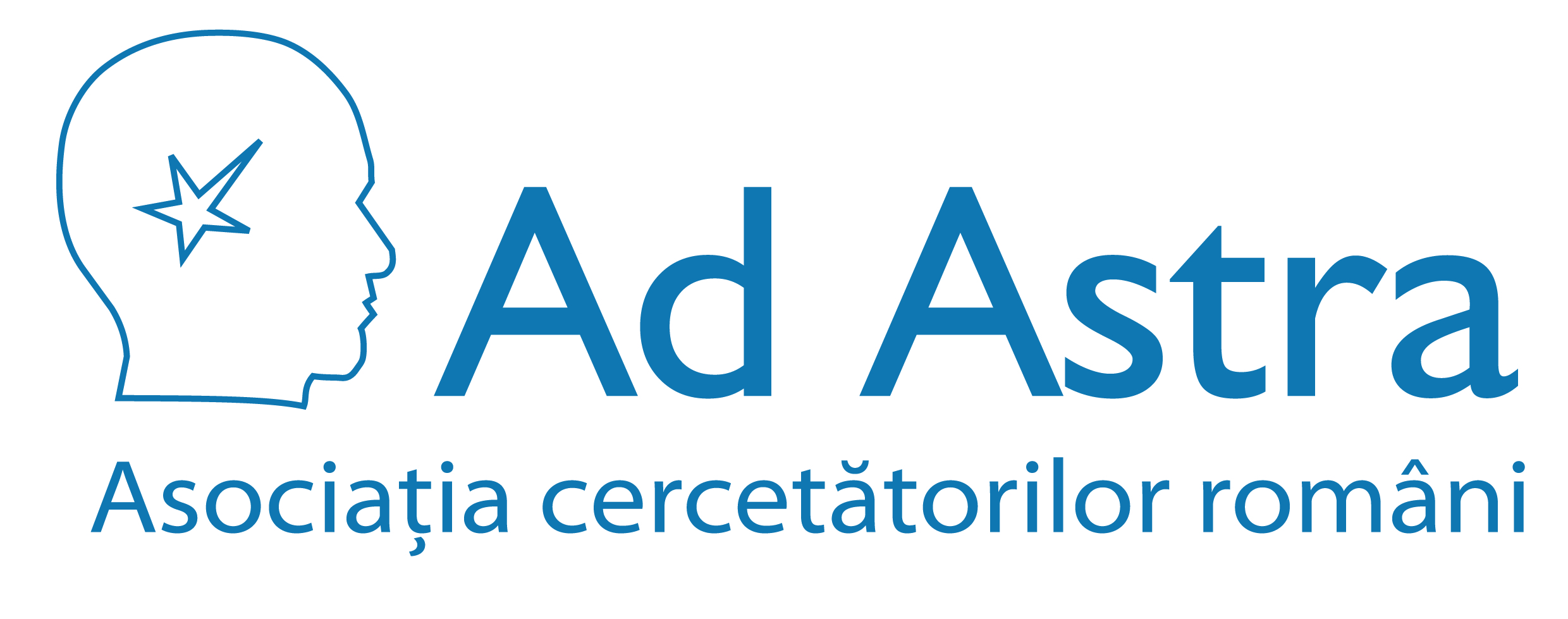Scopul nostru este sprijinirea şi promovarea cercetării ştiinţifice şi facilitarea comunicării între cercetătorii români din întreaga lume.
Staff Login
Caffeic acid attenuates the inflammatory stress induced by glycated LDL in human endothelial cells by mechanisms involving inhibition of AGE-receptor, oxidative, and endoplasmic reticulum stress
Publicatii proprii > Array + Publicatii proprii > Array
Autori: Toma L., G.M. Sanda, L. Niculescu, M Deleanu., C. Stancu, A.V. Sima.
Editorial: BioFactors, 43, p.685-697, 2017.
Rezumat:
Type 2 diabetes mellitus is a worldwide epidemic and its atherosclerotic complications determine the high morbidity and mortality of diabetic patients. Caffeic acid (CAF), a phenolic acid present in normal diets, is known for its antioxidant properties. The aim of this study was to investigate CAF’s anti-inflammatory properties and its mechanism of action, using cultured human endothelial cells (HEC) incubated with glycated low-density lipoproteins (gLDL). Levels of the receptor for advanced glycation end-products (RAGE), inflammatory stress markers (C reactive protein, CRP; vascular cell adhesion molecule-1, VCAM-1; monocyte chemoattractant protein-1, MCP-1), and oxidative stress and endoplasmic reticulum stress (ERS) markers were evaluated in gLDL-exposed HEC, in the presence/absence of CAF. RAGE silencing or blocking, specific inhibitors for oxidative stress (apocynin, N-acetyl-cysteine), and ERS (salubrinal) were used. The results showed that: (i) gLDL induced CRP synthesis and secretion through mechanisms involving NADPH oxidase-dependent oxidative stress and ERS in HEC; (ii) gLDL–RAGE interaction, oxidative stress, and ERS stimulated the secretion of VCAM-1 and MCP-1 in HEC; and (iii) CAF reduced the secretion of CRP, VCAM-1, and MCP-1 in gLDL-exposed HEC by inhibiting RAGE expression, oxidative stress, and ERS. In conclusion, CAF might be a promising alternative to ameliorate a wide spectrum of disorders due to its complex mechanisms of action resulting in anti-inflammatory and antioxidative properties. © 2017 BioFactors, 43(5):685–697, 2017. © 2017 International Union of Biochemistry and Molecular Biology

